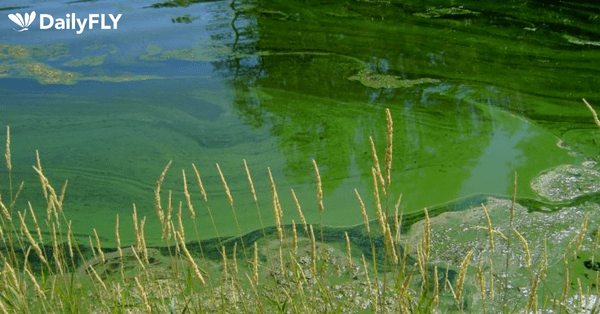BOISE — The Idaho Department of Health and Welfare (DHW) Division of Public Health and the Idaho Department of Environmental Quality (DEQ) are notifying the public of potentially hazardous conditions at Lake Cascade in Valley County and the Payette River from Lake Cascade to Payette through Boise, Gem, Payette, and Valley counties due to harmful algal blooms.
DEQ tested samples from the lake and river and confirmed the amount of potentially toxin-producing cyanobacteria estimated to be present in the lake may lead to illness in humans and animals. Cyanotoxin levels detected in water samples from both sources are considered potentially harmful to animals.
A recent death of a dog in Gem County was linked to drinking cyanotoxin-containing water from the Payette River, and a recent illness in a horse is thought to have been caused by drinking from Lake Cascade and the Payette River. Further water testing is underway to determine the degree of concern for humans.
DPH urges visitors to Lake Cascade and the Payette River from Cascade Lake to Payette to use caution when recreating in or near the water and to take the following precautions:
- Ensure pets and livestock are not exposed to the water.
- Clean skin, hide, or fur with clean water as soon as possible after any water contact.
- Do not drink or cook with water containing a bloom. Boiling and filtering the water does not remove the toxins and can increase the risk of adverse health effects.
- Wash hands thoroughly in clean water after handling fish or objects from these waters.
- Clean and wash fish thoroughly in uncontaminated water and dispose of internal organs before consumption. If you choose to eat fish from this area, filet the fish and remove all fat, skin, and organs before cooking. Cyanotoxins can accumulate in fish and the risk to people is still being studied.
- Avoid water if you have increased risk of illness from exposure. People at increased risk of illness from cyanotoxins include those with liver or kidney damage, and should avoid swimming, wading, or other activities in the water.
- Monitor media reports and DHW’s website for health advisories.
Symptoms of cyanotoxin exposure include rash, hives, diarrhea, vomiting, coughing, and/or wheezing. More severe symptoms affecting the liver and nervous system may happen if the water is ingested. If symptoms persist, consult your healthcare provider.
Pets, livestock, and wildlife can get sick, or even die, within minutes to days after cyanotoxin exposure. Dogs are often the first affected because they are more likely to swim in or drink contaminated water or lick contaminated water or bloom material off their fur. If your pets or livestock have been in the water, immediately wash them with clean water to keep them from licking cyanobacteria off their bodies. Seek veterinary care immediately if your pets or livestock seem sick after going in or drinking the water.
Cyanobacteria are a natural part of Idaho’s water bodies. When temperatures rise, their populations can bloom and toxic chemical compounds, or cyanotoxins, can be released into the water. Blooms can vary in appearance, and may look like mats, foam, spilled paint, or surface scum, and have a foul odor. Mats can occur out of sight on the bottom of the water body. The Division works closely with DEQ and the public health districts to identify, respond to, and monitor cyanobacteria harmful algal blooms (HABS).
For more information about harmful algal blooms, visit DEQ’s website at https://www.deq.idaho.gov/water-quality/surface-water/cyanobacteria-harmful-algal-blooms/ or DHW’s website at https://www.gethealthy.dhw.idaho.gov/recreational-water-health-advisories.
